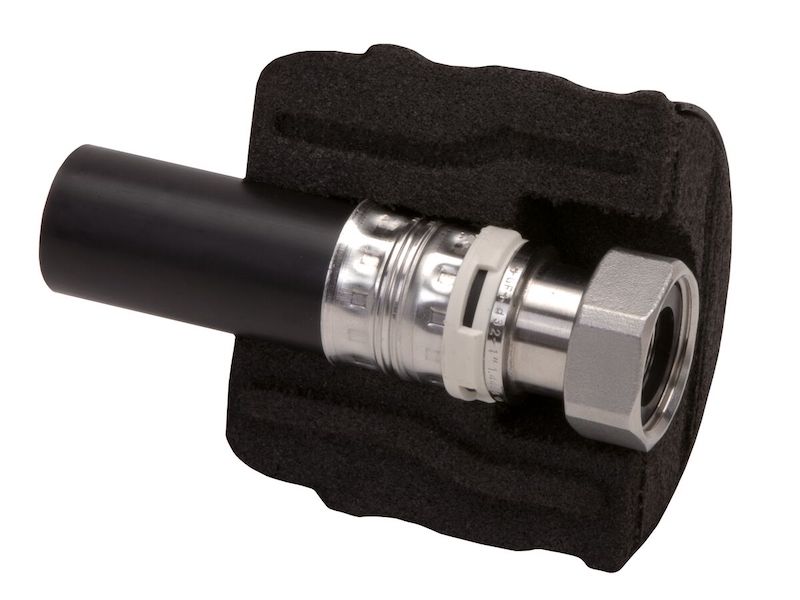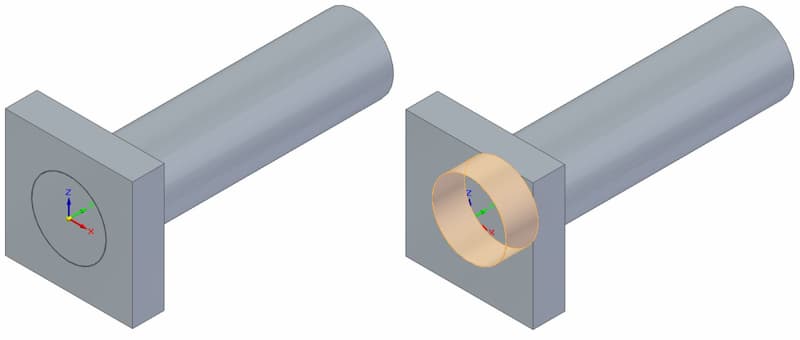Having a two-dimensional length in engineering and manufacturing that is a good transition fit is critical to the product's overall performance. One common fit is the conversion rate. The purpose of this article is to provide a comprehensive description of appropriate modifications, their uses, benefits, drawbacks, and answers to frequently asked questions.
I. What is transition fit?
A transition fit is a special type of fit that combines elements of a clearance fit and an interference fit. This includes marriage segments where some areas get cuts while other areas get clearance. This balance of cutting and stripping provides a compromise, facilitating assembly and secure communication between the parts. Proper flexibility offers the advantage of allowing relatively simple assembly yet providing the necessary coordination and alignment required for optimal performance. The inclusion of proper flexibility allows engineers to balance assembly between flexibility and robust assembly, making it an option for a variety of material application applications.

II. Handling transition fit:
Transition fits have broad applications in a variety of industries, including automotive, aerospace, electronics and appliances. Let's explore some specific areas where transformation fit is commonly used:
1. Shafts and Hubs on Rotating Machines
Transition fits are widely used in assembling rotating machines, such as motors, engines and turbines. By using transition fits between shafts and hubs, engineers ensure the safest possible connections and stable rotational strength but easy contact during maintenance or repair and allow dissection.
2. Bearings and Housings in Automotive Engines
Conversion fit plays an important role in the assembly of bearings and housings in automotive engines. Controlled movements at specific points ensure proper loading between bearing and housing, reducing the risk of bearing failure and increasing overall engine performance.
3. Connections and sockets for electronic devices
The conversion fit used is usually for connections and sockets for electronic devices, such as computer connectors, audio jacks, and USB ports. Play activities are allowed.
4. Cylindrical parts requiring alignment and load transfer
Conversion fits are particularly suitable for cylindrical parts requiring precise alignment and efficient load transfer. For example, when assembling precision machinery or machinery, transition fits are used to connect cylindrical components such as gears, pulleys, and axles. These fits ensure perfect alignment, reduce backlash, and improve the efficiency of electrical transmission.
III. Advantages of Transition Fit:

1. The controlled interference
The controlled interference of the transition fit plays an important role in ensuring the smoothness of the connection. Unlike intervention fit, which requires forced insertion or removal of mating parts, transitional fit balances between secure assembly and smooth assembly. Controlled intervention in specific regions allows a secure fit but permits the insertion of parts or extraction quite effortlessly.
This means less energy or specialized equipment is required during assembly, reducing damage to parts and simplifying the overall assembly process. The ease of assembly offered by suitable adjustments means time and cost savings, so in the rapid manufacturing and maintenance process, as the assembly and disassembly time is limited, it takes effort.
2. Improved resolution
Transition fits provide better alignment between mating parts compared to clearance fits. Transition fits provide a reliable solution when exact position or rotational accuracy is needed. Controlled interventions at specific points help maintain parts alignment, improving efficiency and reducing the risk of misalignment issues.
3. Enhanced load transfer
Where torque or axial forces must be effectively transferred between mating parts, transition fits provide improved load transfer capability compared to clearance fits. Controlled intervention in the transition fit ensures maximum contact between the mating surfaces, allowing for better load placement and reducing the risk of sagging or failure under load.
4. Vibration and noise reduction
Proper absorption areas in the conversion suitable system help to reduce vibration and noise. Proper adjustment helps make work more stable and quiet by reducing movement between longer parts. This advantage is especially valuable in areas where noise reduction is critical, such as in precision machinery or automotive parts.
IV. Drawbacks on transition fit:
1. Limited tolerance range
Transition fits require careful consideration of tolerances to ensure the desired fit. The tolerance range for transition fits is narrow compared to clearance fits, complicating the process and potentially increasing costs.
2. Increased risk of galling
In some cases, galling may occur at intermediate points within the fit of the conversion fit, resulting in surface damage due to friction and adhesion. Selecting suitable lubricants and materials can help reduce this risk.
V. Question and Answer Section:
1. Is appropriate adjustment always necessary?
Appropriate adjustments are not always necessary. The selection process depends on the specific requirements of the application. Clearance fits are suitable when ease of assembly and disassembly is required, while intervention fits are desired for maximum loading and rigidity.
2. How do I determine the appropriate tolerance range for a transition fit?
Factors such as desired shear, material mating parts, and functional requirements are considered in determining tolerance levels for appropriate modifications. Engineering literature and standards provide guidelines and parameters for calculating appropriate tolerances.
3. Can transition fits be used for rapidly rotating parts?
Transition fits can be used for rapidly rotating parts, but it is important to consider factors such as careful planning, balance, lubrication and material selection to ensure optimum performance and reduce the risk of failure in the 19th-century.
4. What are the options for transition?
Variation fit choices include a clearance fit, where there is a gap between the paired parts, and an interference fit, where the paired parts are deliberately interfered with. The selection depends on the specific requirements of the application.
Conclusion
Transition fit strikes a balance between clearance fit and interference fit and offers benefits such as easier connection, improved alignment, increased weight transfer and reduced vibration, but with careful consideration of tolerances and risk of galling, important things to keep in mind. By using the right variables and understanding their benefits, engineers and manufacturers can make informed decisions when choosing the right one for their products.
TEAM MFG offers rapid prototyping services, CNC machining services, die casting services, and injection molding services to meet your needs. Contact us today!





















